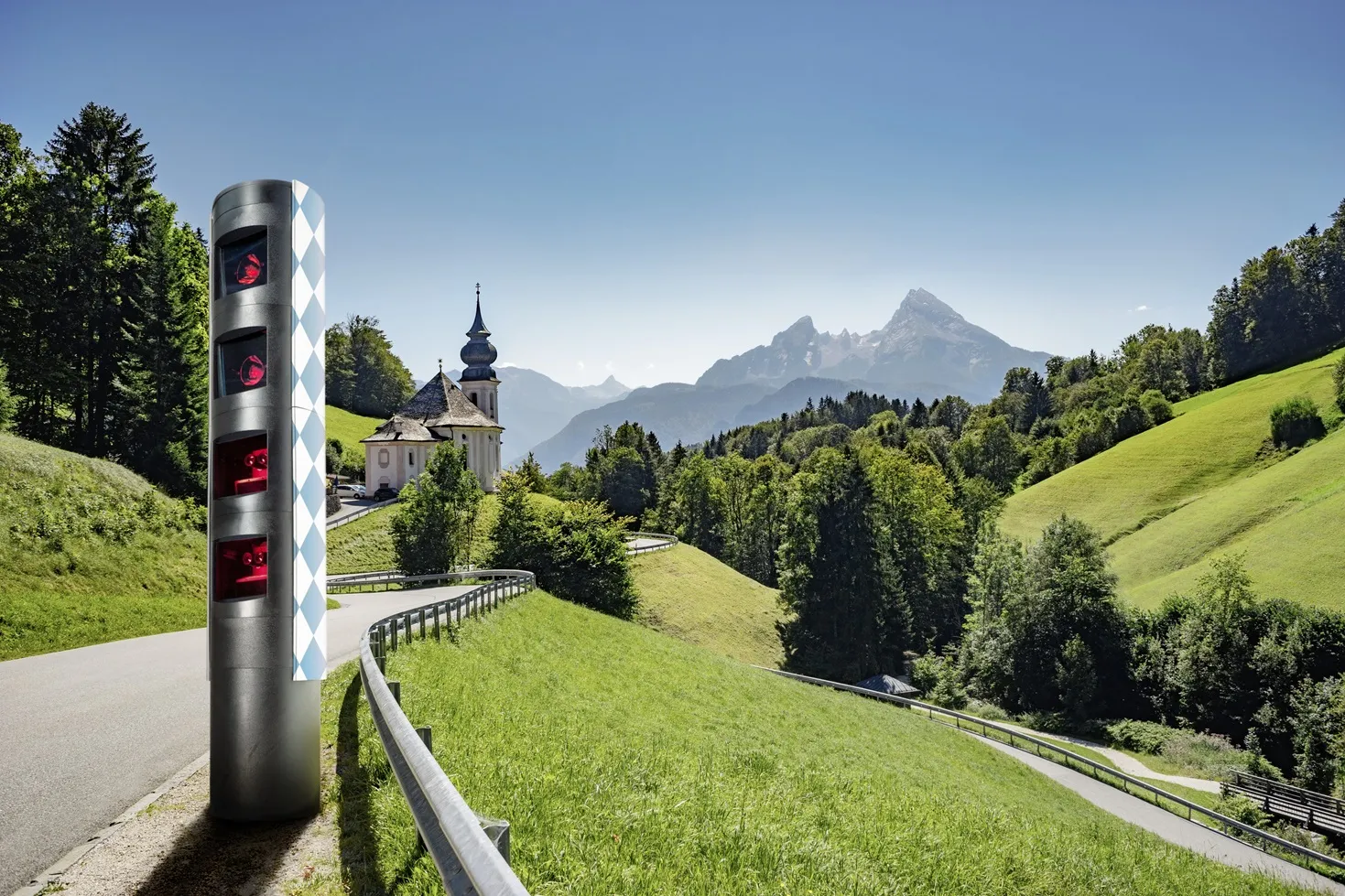An innovative re-surfacing technology that generates its own energy during the day while enhancing visibility at night is being trialled by Cambridge City Council in the UK.
Starpath, developed by Surrey-based Pro-Teq Surfacing, is a liquid-based re-surfacing product that absorbs and stores energy from ambient light (UV rays) during the day, then releases this energy at night, allowing the particles to glow. It has recently been applied to an existing pedestrian and cycle way pathway that runs through h
October 21, 2013
Read time: 2 mins

An innovative re-surfacing technology that generates its own energy during the day while enhancing visibility at night is being trialled by Cambridge City Council in the UK.
Starpath, developed by Surrey-based7544 Pro-Teq Surfacing, is a liquid-based re-surfacing product that absorbs and stores energy from ambient light (UV rays) during the day, then releases this energy at night, allowing the particles to glow. It has recently been applied to an existing pedestrian and cycle way pathway that runs through historic Christ’s Pieces open space, Cambridge.
The council has revealed it could adopt the path elsewhere in the city. Councillor Andrea Reiner, the executive councillor for public places, said: "This is an interesting idea that the surfacing company asked if the council would like to explore for a trial period. If we decided to put this to use on paths in the city, we would want to balance any safety benefit against the desire to preserve the historic nature of our open spaces."
Pro-Teq owner Hamish Scott believes Starpath is more than cost effective, as councils around the country are currently turning off street-lighting at night to realise energy savings. He says Starpath provides a viable alternative to street lighting, providing safety at night, whilst also being cost effective.
He said, “There is nothing like Starpath in the world, this product adjusts to the natural light, so if it is pitch black outside the luminous natural earth enhances, and if the sky is lighter, it won’t release as much luminosity – it adjusts accordingly, it’s almost like it has a mind of its own.”
Starpath, developed by Surrey-based
The council has revealed it could adopt the path elsewhere in the city. Councillor Andrea Reiner, the executive councillor for public places, said: "This is an interesting idea that the surfacing company asked if the council would like to explore for a trial period. If we decided to put this to use on paths in the city, we would want to balance any safety benefit against the desire to preserve the historic nature of our open spaces."
Pro-Teq owner Hamish Scott believes Starpath is more than cost effective, as councils around the country are currently turning off street-lighting at night to realise energy savings. He says Starpath provides a viable alternative to street lighting, providing safety at night, whilst also being cost effective.
He said, “There is nothing like Starpath in the world, this product adjusts to the natural light, so if it is pitch black outside the luminous natural earth enhances, and if the sky is lighter, it won’t release as much luminosity – it adjusts accordingly, it’s almost like it has a mind of its own.”









